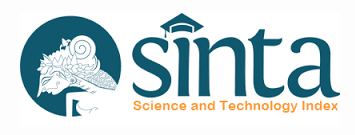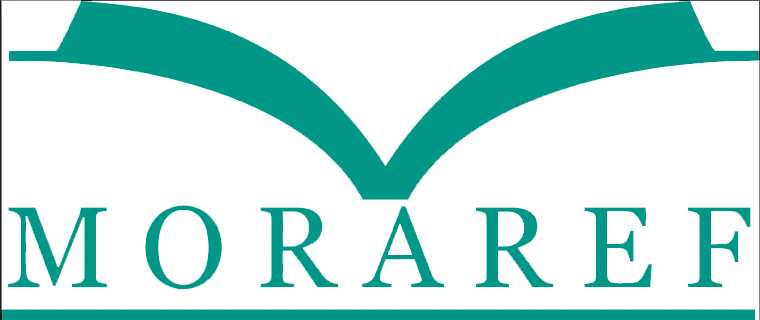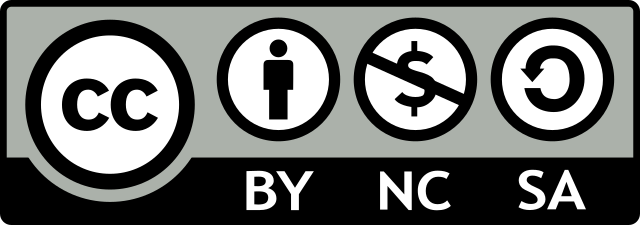The Role of the Rangkang Pustaka Reading House in Improving Cultural Literacy in Elementary School Age Children in North Aceh Regency
Abstract
The Rangkang Pustaka Reading House is an educational activity for children in North Aceh which provides a frame/hut containing books like a library and is equipped with a learning place such as an open meeting hall which can be used for all youth activities that are positive for education and self-development . Therefore, reading houses and libraries play an important role in introducing reading and writing activities from an early age. The research method used is a qualitative approach carried out objectively in the field. The types of data sources used in this research are primary and secondary data sources. The results of the research show that there is quite high motivation and facilities in the form of learning frames provided by the Rangkang Pustaka Reading House to improve literacy from an early age. This is proven by various activities carried out in terms of providing quality education-based learning and promoting lifelong learning in the form of fun, quality learning for free. However, children's awareness of participating in learning activities is still limited by time. Therefore, this has an impact on children's low literacy levels, especially in reading and writing activities. Literacy culture can develop well if children receive encouragement and motivation both from themselves and their parents, internal and external motivation.
Downloads
References
Cohen, L., Manion, L., & Morrison, K. (2018). Research Methods in Education (8th ed.). London: Routledge. DOI. https://doi.org/10.4324/9781315456539
M. Bauer and T. (2019). Plehn, “Further Reading,” in Lecture Notes in Physics.
Misriyani, M., Mulyono, S.E. (2019). Pengelolaan Taman Baca Masyarakat. Journal of Nonformal Education and Community Empowerment, Vol. 3 (2), Desember 2019.
Moleong, L. J. (2017). Metode Penelitian Kualitatif. Bandung: PT. Remaja. Rosdakarya.
Munawar, S., & Mahendrawanto, I. (Eds.). (2019). Rumah (Baca) Kita: Aktualisasi Giat Literasi (1st ed.). Yogyakarta: Deepublish
OECD. (2016). PISA 2015 Results in Focus. New York: Columbia University.
OECD. (2019). PISA 2018 Assessment and Analytical Framework PISA.
Purwati, S. (2017). Program Literasi Membaca 15 Menit Sebelum Pelajaran Dimulai Untuk Mningkatkan Hasil Belajar Membaca Dan Menghafal Surah Pendek. Jurnal Ilmu Pendidikan Sosial, Sains, Dan Humaniora, 3(4), 663–670.
Ramadhani, N. W. A. (2021). Implementasi Program Taman Bacaan Desa Dalam Meningkatkan Budaya Literasi Anak Usia Sekolah Dasar Di Desa Mojorejo Jetis Ponorogo. 76.
Rika Istiqomatul Jannah, & Nisa, A. K. (2023). Peranan Rumah Baca dalam Meningkatkan Budaya Literasi pada Anak Usia Sekolah Dasar di Kota Genteng. Literatify : Trends in Library Developments, 4(1), 12-20.
DOI. https://doi.org/10.24252/literatify.v4i1.36410
Sudarsana, U., & Bastiano. (2014). Pembinaan Minat Baca. Tangerang Selatan: Universitas Terbuka.
UNESCO & MGIEP, (2017), Textbooks for Sustainable Development a Guidetoembedding, United Nations Educational, Scientific and Cultural. Organization Mahatma Gandhi Institute of Education for Peace and Sustainable Development (UNESCO MGIEP).
Qulloh, F. I. (2021). Pengembangan Literasi Dalam Peningkatan Minat Baca Santri Pada Perpustakaan Mini Pesantren Pelajar Al-Fath Rejomulyo Kediri. Jurnal Pengabdian Kepada Masyarakat Nusantara, 1(2), 2.
By submitting your manuscript to our journal, you are following Copyright and License








